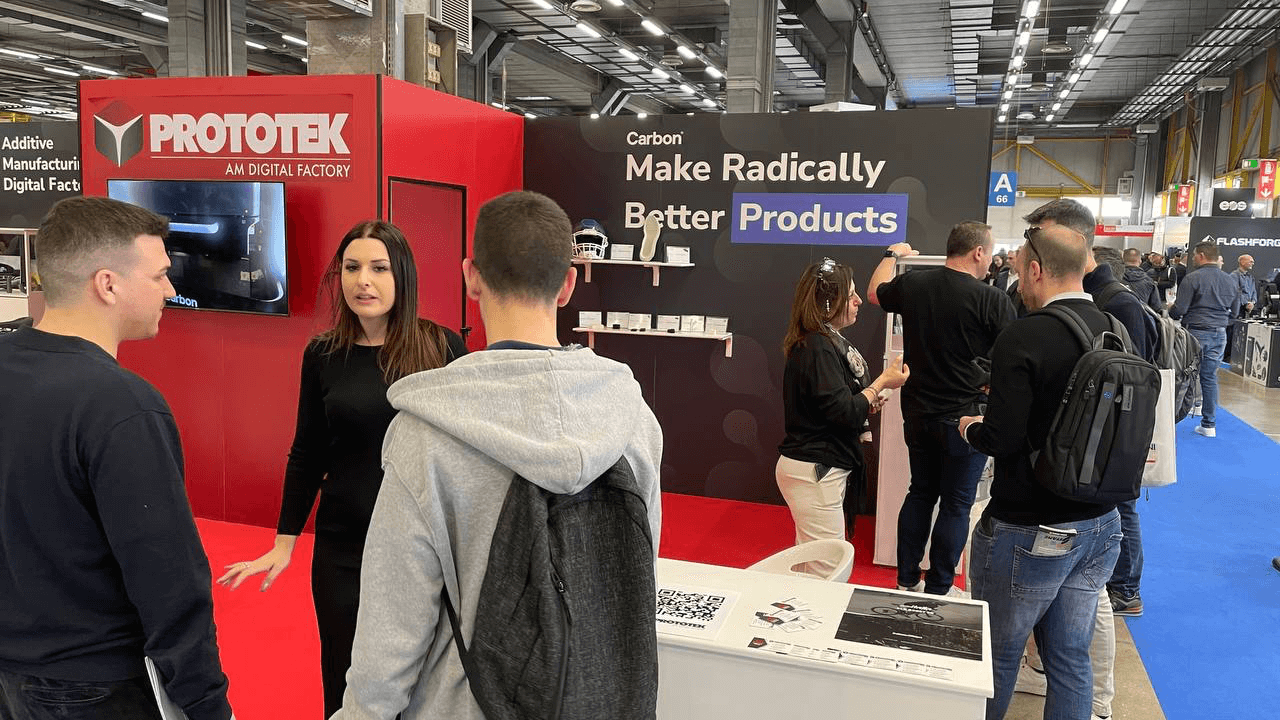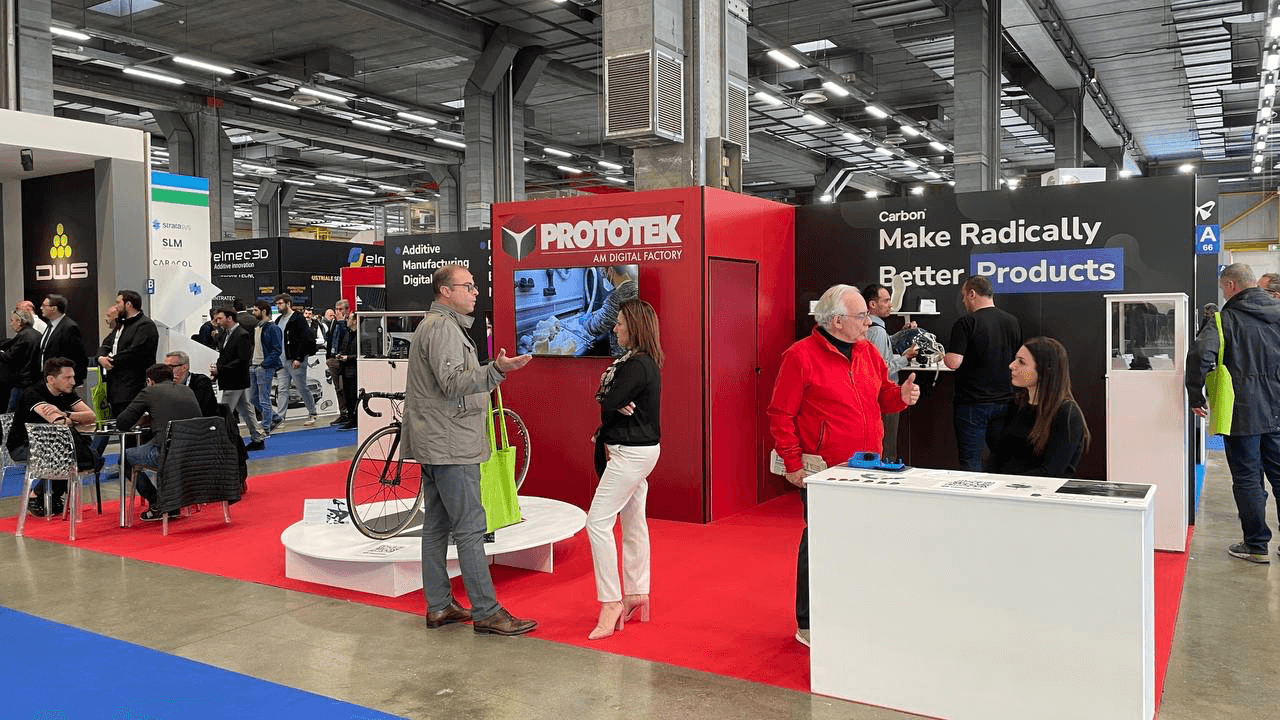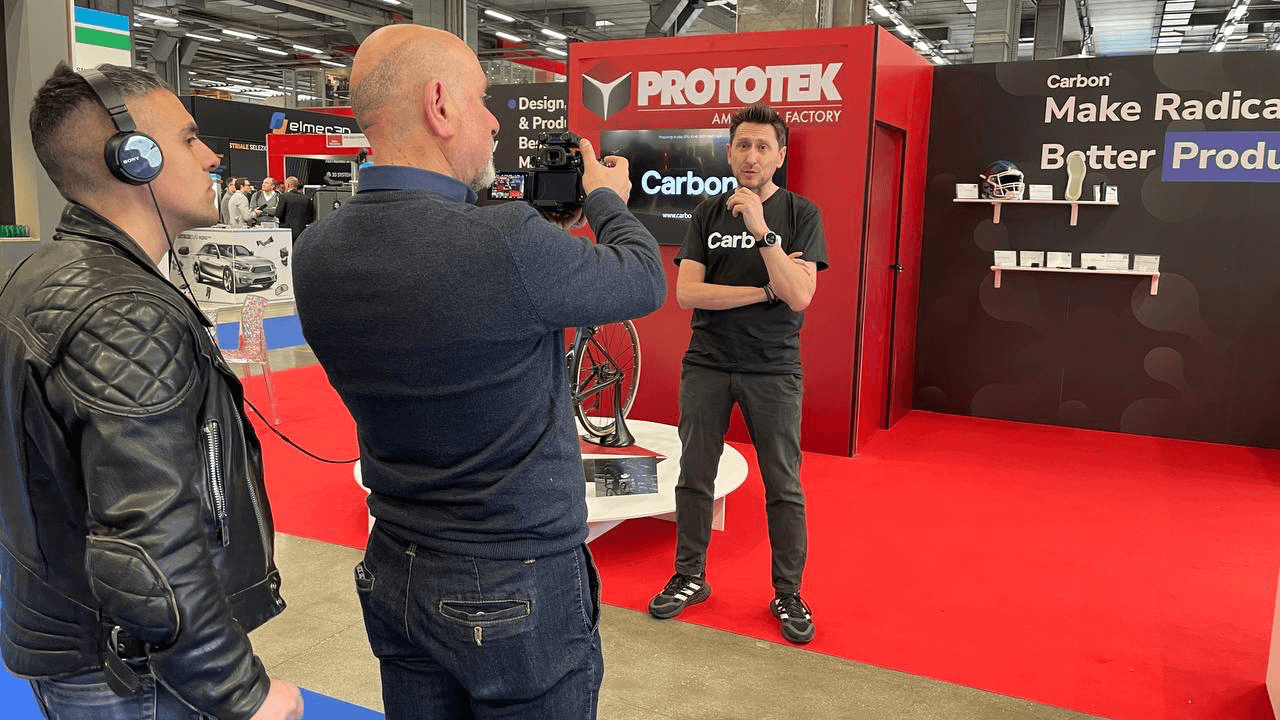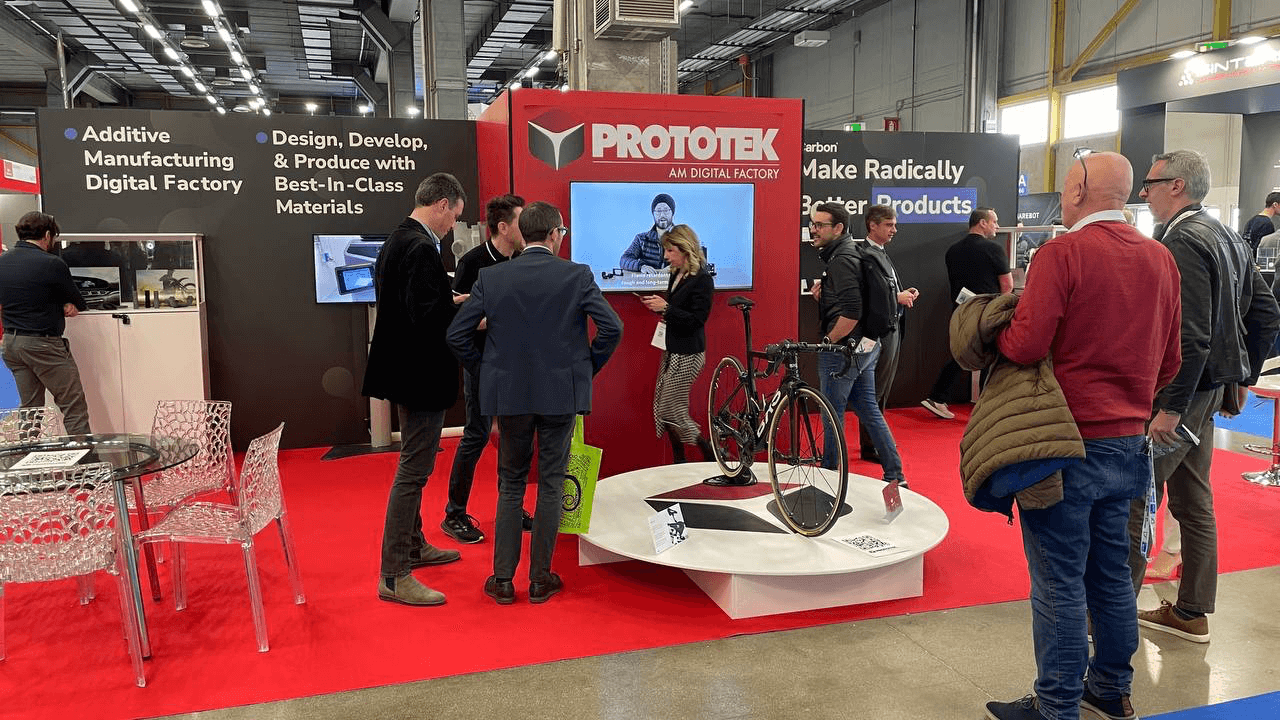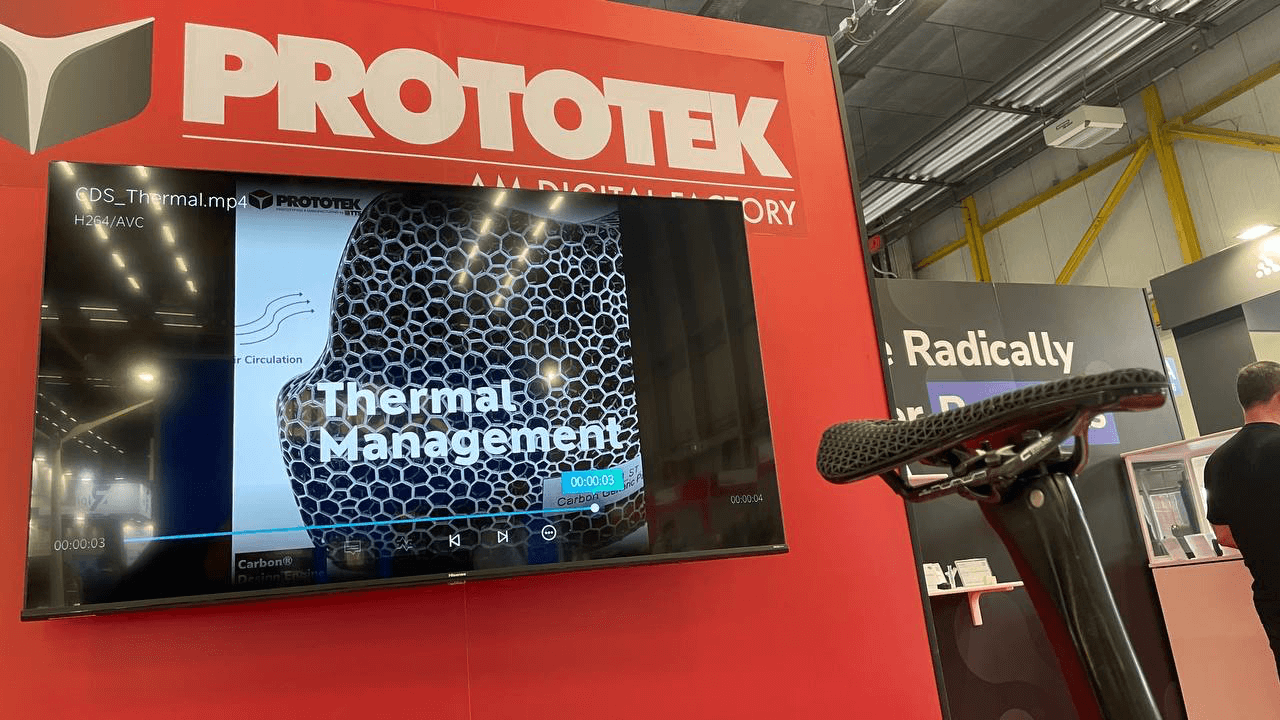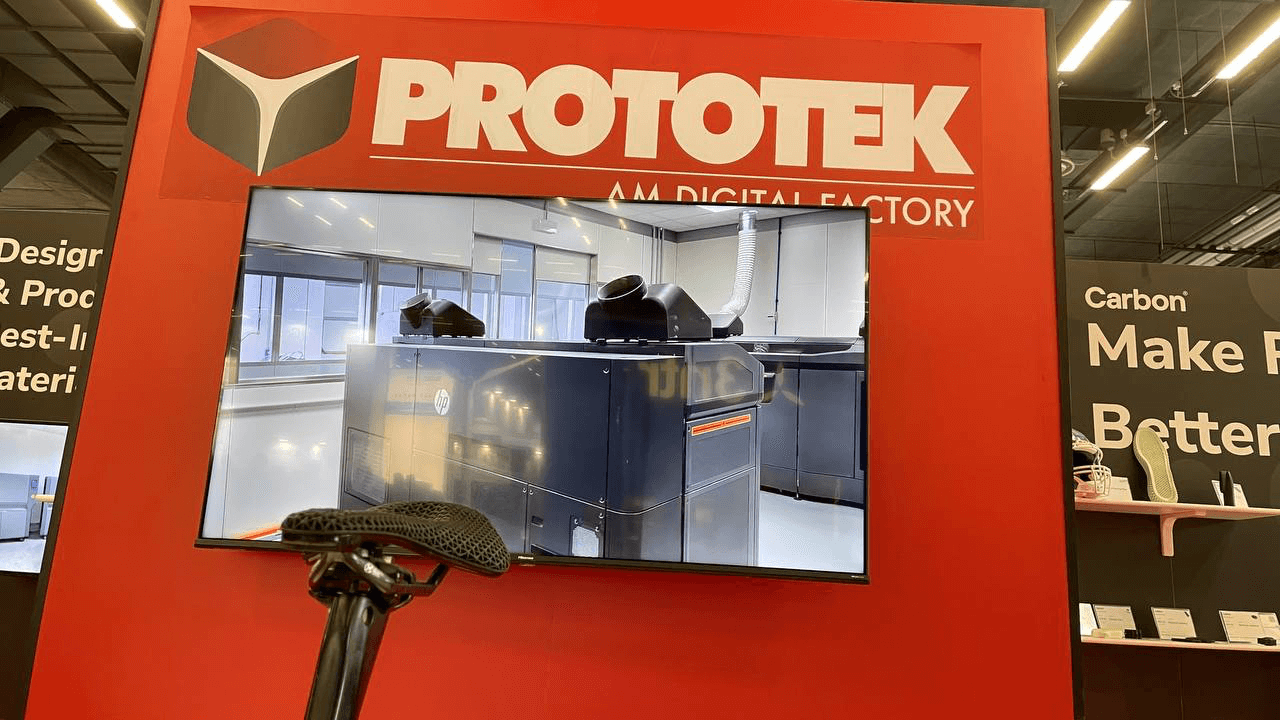Stereolithography (SLA) is one of the oldest and most established 3D printing technologies.
Introduced in the 1980s, it laid the foundation of additive manufacturing by using a photosensitive resin solidified layer by layer with a UV laser. Over the years, SLA has evolved significantly, improving precision, speed, and material quality.
However, a major breakthrough arrived with Carbon’s Digital Light Synthesis™ (DLS) technology, which elevates stereolithography to a new level, enabling rapid prototyping and production of fully functional parts.
How Stereolithography (SLA) Works
SLA 3D printing relies on photopolymerization. A platform dips into a vat of liquid photosensitive resin, while a laser guided by a galvanometer traces each layer’s profile, solidifying the resin where it hits.
This process delivers exceptional dimensional accuracy, fine surface quality, and the ability to create highly detailed objects. However, conventional SLA printing can be slow, and materials, while detailed, are often fragile or less suitable for functional parts.
Carbon DLS™: the next generation of Stereolithography (SLA)
Carbon’s DLS™ technology revolutionizes traditional SLA 3D printing. Unlike standard SLA, DLS uses a digital UV light source projected through an oxygen-permeable membrane called CLIP (Continuous Liquid Interface Production).
This allows objects to be continuously “pulled” from the resin rather than built layer by layer, dramatically increasing production speed and reducing visible layering effects.
Key advantages of DLS™ over conventional SLA:
Up to 100x faster: continuous production significantly reduces prototyping time.
High-performance engineered materials: Carbon offers advanced resins that, after thermal post-curing, provide mechanical strength, flexibility, thermal stability, and biocompatibility.
Superior aesthetic and structural quality: smooth surfaces mimic injection-molded parts.
Reduced post-processing: less manual finishing saves time and cost.
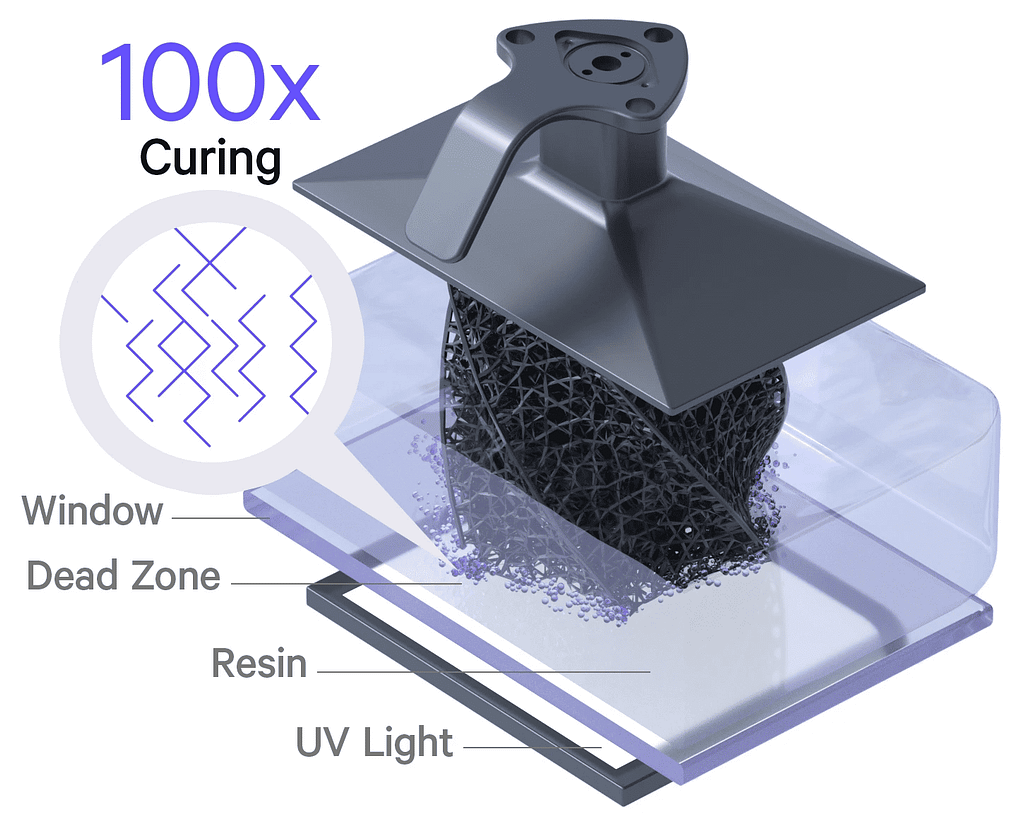

Applications of DLS in 3D Printing
Thanks to its capabilities, DLS is widely used across industries:
Footwear, fashion & sports equipment: perfect for customized midsoles, cushioning lattices, flexible components, and innovative fashion accessories.
Automotive: ideal for functional prototypes, internal components, and lightweight structural parts, reducing time and cost compared to traditional manufacturing.
Consumer electronics & wearables: Carbon DLS produces durable, flexible casings and components with complex designs and high precision.
Industrial design: this cutting-edge 3D printing technology enables the production of complex objects and limited series without investing in injection molds.
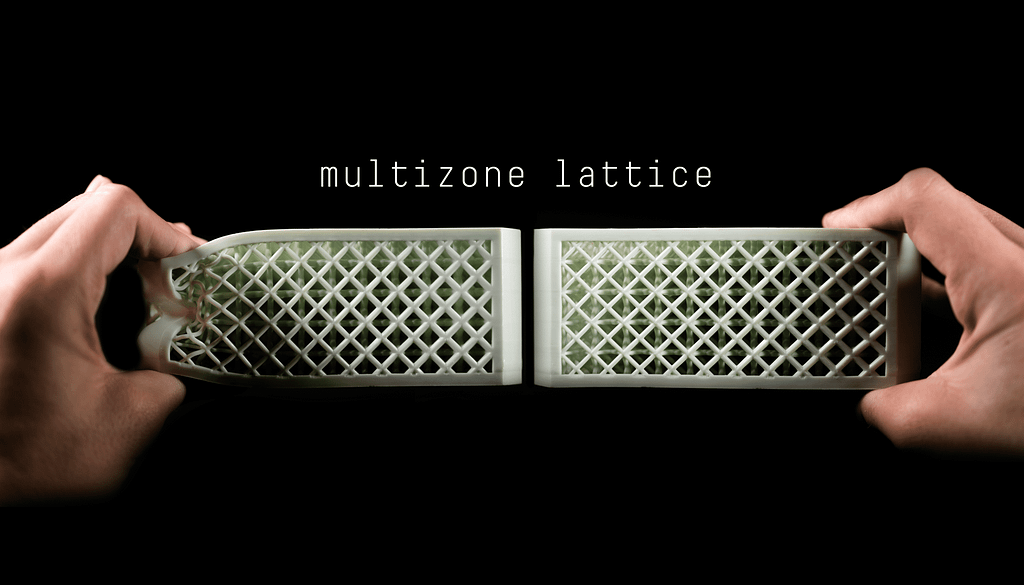
Why Choose 3D Printing with Carbon DLS
While Stereolithography (SLA) marked the beginning of the 3D printing era, Carbon’s DLS represents its natural evolution. Companies seeking faster development, lower prototyping costs, and near-final quality products will find DLS ideal.
It’s no longer just about prototypes; it enables functional, durable, and ready-to-use parts.
From SLA 3D Printing to real production: innovation now
Stereolithography (SLA) remains fundamental in 3D printing, but Carbon’s DLS represents a generational leap. For businesses and innovators, this technology unlocks precision, speed, and performance previously unattainable in traditional SLA.
Prototek offers advanced DLS 3D printing services, delivering cutting-edge solutions for precise, functional, and high-quality prototypes.
Future prospects of Stereolithography (SLA) and DLS in industrial production
As industries increasingly demand customization, rapid prototyping, and functional production, the role of stereolithography (SLA) and Carbon DLS™ is set to expand.
Emerging applications include medical devices, aerospace components, and high-performance engineering parts, where precision, material performance, and speed are critical.
Advances in resin chemistry are also enabling SLA and DLS to produce biocompatible implants, lightweight yet strong aerospace components, and durable tooling. With continuous improvements in DLS technology, companies can transition from prototyping to small-batch production seamlessly, reducing lead times and costs while maintaining high-quality output.
This evolution makes stereolithography (SLA) with DLS a strategic tool for businesses looking to innovate and stay competitive in the European and global markets.
